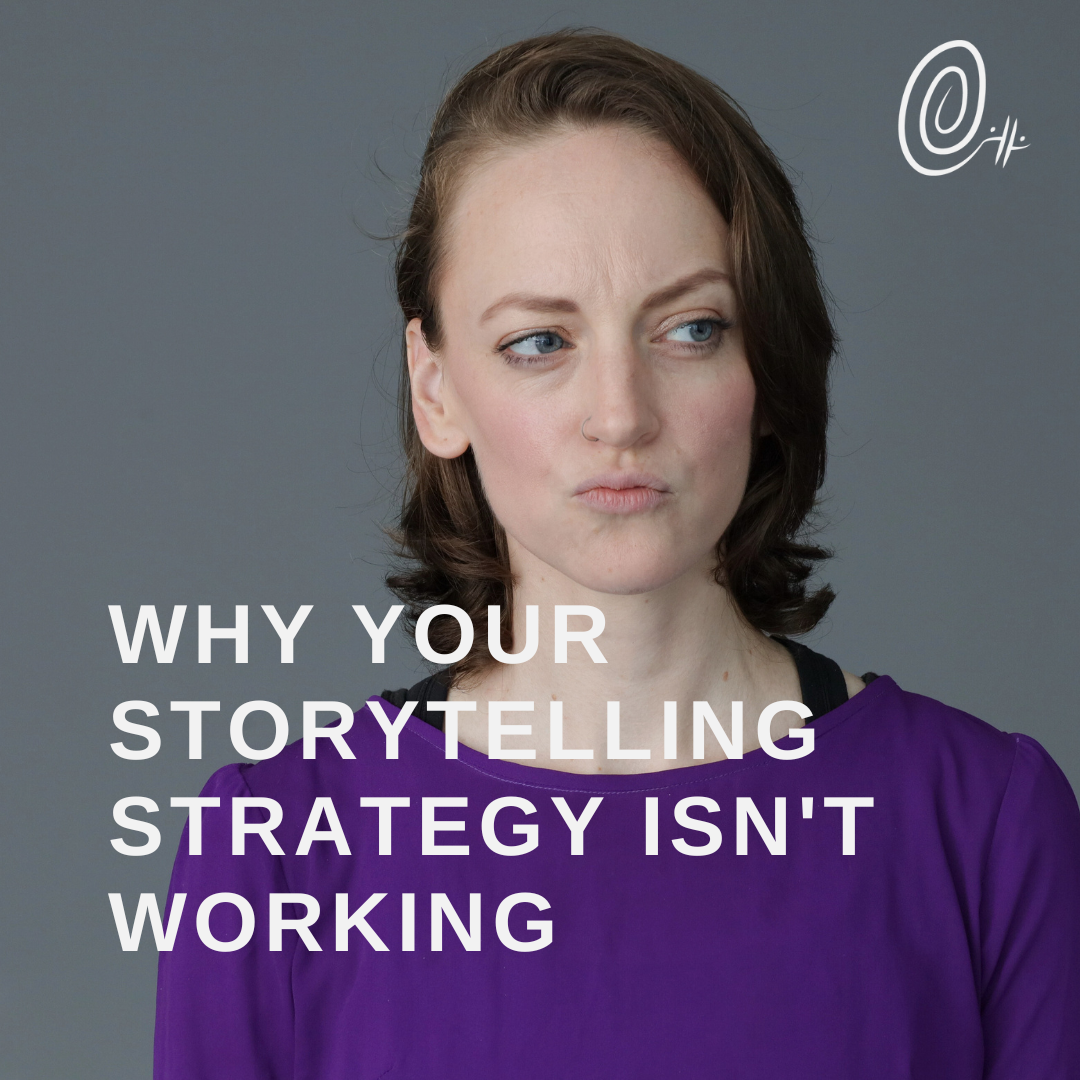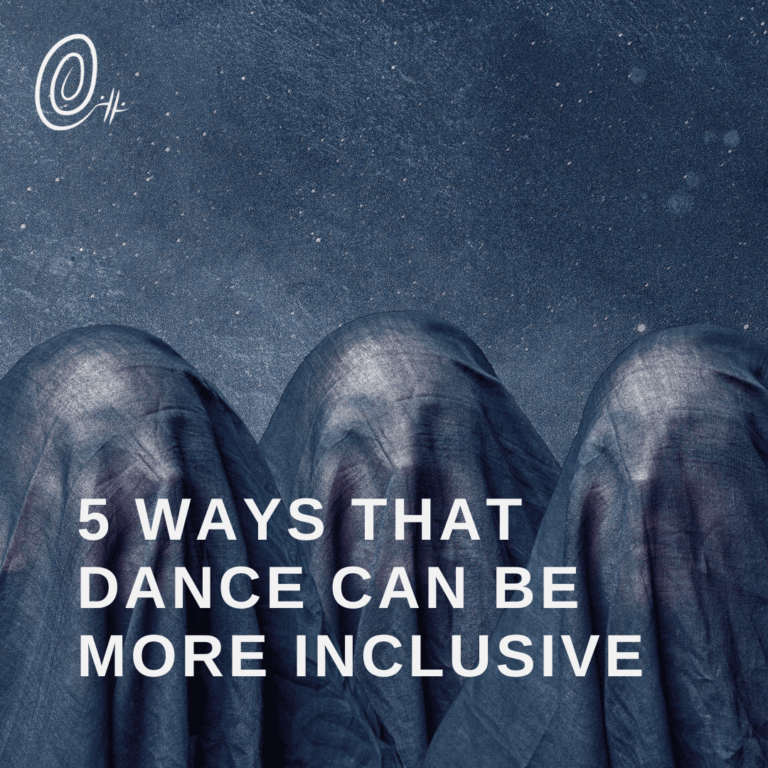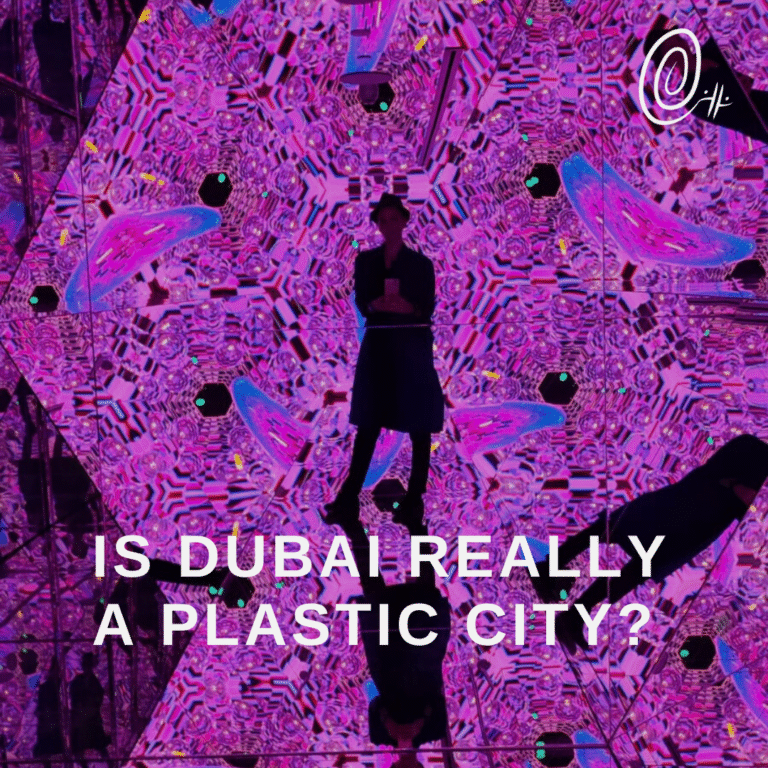Why Your Storytelling Strategy Isn’t Working
Everyone has a story to tell – including brands and business. Storytelling strategy is important, and everyone knows it now. But that doesn’t mean that you can just write some nice sounding words about where you come from and except people to flock to your store, website, or what have you. Having a story isn’t enough: it has to be a good story. So, if you’re feeling stuck or confused about why your storytelling strategy isn’t working, here are three possible reasons why.
Reason Number One: The Story is Too Generic, or it’s not actually a story
This is getting worse in today’s age of AI gobbledygook spamming up the internet. (Disclosure: this post was not written with chatgpt, though I did consider it once or twice. I don’t think ChatGPT uses as many parentheses as me.) The thing is, there aren’t that many stories in the world. Yes, it’s true: All the stories have been told. You can’t be truly unique. However, if your story sounds generic or there’s nothing really in it that is specifically for you or your brand, it won’t stand out.
This is what people mean when they say authenticity. They don’t mean that you have to bare your soul and tell everything. They mean, give us enough details so we can identify that it’s YOU. So when we hear something unique or specific, we can associate it with you, with your story.
I read a lot of very generic “our story” pages out there. It’s all about how we strive to be the best [insert SEO keyword here] and we’re here to serve you blah de blah. That’s not a story. It’s just a rebranded mission statement and no one really cares about those except shareholders usually. A story is actually how you got to where you are. What happened along the way. Why this and not that. If you actually try to tell your story, you have to get beyond generic.
Of course yes there is a risk to be too specific and lengthy, so you’ll have to work to get the essence down without generalizing. But it’s possible, and frankly, if your brand story is specific, the better chance you have of people remembering you.
Reason Number Two: Your storytelling strategy is not cohesive or consistent
There are two parts to this: The broader story of you, your company, business, or brand that’s being told, and the way you tell it. Let’s start with the former. Your story is not just what you write on your website or how you formulate social media posts, or even in your design and brand guidelines. It’s also how customers talk about you. How employees talk about you. How the CEO talks about the company to their friends. What employees say behind your back. All this contributes to the story, and it’s rarely considered in the storytelling strategy.
It could be that what you say on your website and how you manage community engagement don’t match. Your story is not consistent with your actions.
Does that mean you need to police everyone and ensure that no one says anything out of the story? Absolutely not. It means that you need to understand a storytelling strategy as much more than what words you use on your about page. It is how you create a world in which the story naturally emerges.
The second point is more simple. It could be that the way you tell the story changes from platform to platform, or doesn’t connect with previous iterations or history. Maybe you try to move on from a scandal with a new story, but it doesn’t address what happened. The story is not consistent or cohesive. It doesn’t track across the timelines and platforms. Therefore, people don’t buy-in. They don’t buy in, the story doesn’t work.
Reason Number Three: Your story is not comprehensible
Inigo Montaya famously said, “You keep saying that word, inconceivable. I do not think it means what you think it means.” (Do Gen Z know about Princess Bride? One wonders.) There are a lot of words that are thrown into brand storytelling that no one really knows what they mean. This is very true of generic AI gobbledygook, but it can be true otherwise.
Are the words you’ve chosen, the visual identity, the way your CEO talks on morning shows actually communicating what you think they’re communicating?
This is where diverse staff and diverse thoughts really come in handy, by the way. I’ve seen a few ads where I think – wow, I wonder who looked at that and thought, that’s inspiring.
Additionally, there are so many times I see something that was clearly written very seriously and with great intentions, and it actually says absolutely nothing about what the company does or how. It is a wild rollercoaster of wordsmash that means to inspire me, and at the end, I think, wow, I know nothing more than I did before I read that.
Storytelling requires two parties: the teller, and the listener. Good storytelling is when they both more or less understand the same story. Your storytelling strategy might not be working because your story just isn’t understandable.
TL;DR: A storytelling strategy doesn’t stop with look ma I told a story
In order for your storytelling strategy to actually be successful, it needs to be specific, cohesive, and comprehensible.







